Ever been stuck in an endless design meeting that goes nowhere? You’re not alone. The problem isn’t the people — it’s the format. That’s where UX workshops come in.

A well-run UX workshop turns scattered discussions into focused, hands-on collaboration. Instead of circling the same ideas, your team can brainstorm, test assumptions, and solve real design challenges — all in one session.
But not all workshops are the same. A critique session is nothing like a discovery workshop, and a design sprint won’t help if you’re struggling with prioritization.
In this guide, I’ll walk you through five types of UX workshops, when to use them, and how to run them effectively. Plus, I’ve included a free UX workshop checklist and template to make planning even quicker for you.
Editor’s note: This article was updated on March 12, 2025, to include additional details on workshop facilitation, post-workshop follow-ups, and best practices. We’ve also added a downloadable resource — a UX workshop checklist + template — to help you plan and run more effective workshops with ease.
A UX workshop is a focused, hands-on session where designers, product managers, and stakeholders come together to solve design challenges. It’s a mix of structured activities and creative problem-solving, all aimed at improving the user experience — without getting lost in endless meetings.
Not every design discussion needs to be a full-blown workshop. Sometimes, a quick meeting is all it takes to align decisions and keep projects moving.
Here’s how UX workshops compare to regular design meetings:
| UX workshop | Design meeting | |
| Purpose | Hands-on collaboration to generate ideas, solve design problems, and explore solutions | Structured discussions for updates, decision-making, and stakeholder alignment |
| Scope | Deep dive into a specific UX challenge or design process | Covers multiple topics, often at a higher level |
| Participants | Cross-functional teams — designers, PMs, engineers, researchers, stakeholders | Typically designers, PMs, engineers, and relevant stakeholders |
| Duration | Longer (a few hours to a full day, depending on complexity) | Shorter (usually 30 minutes to an hour) |
| Output | Tangible UX artifacts like wireframes, journey maps, sketches, and validated ideas | Design decisions, feedback, and action items |
When you need deep collaboration, structured problem-solving, and hands-on design work, a UX workshop is your way forward.
I really think workshop facilitation is one of the most underrated skills in UX design. Many designers prioritize acquiring technical skills, but the ability to lead a workshop effectively can have just as much impact on your career.
And you probably facilitate more workshops than you realize.
At first, UX workshops might seem rare, large-scale events — those reserved for design sprints or major initiative kickoffs. But not every workshop has to be an all-day affair. A focused, two-hour session can be just as impactful, and how well you facilitate it dictates how far it’ll push you and how much value it brings.
If you really get to think of it, you’re already leading workshops all the time. Discovery sessions, empathy exercises, design critiques, prioritization discussions — they all count. The better you get at guiding these sessions, the more influence you’ll have over the UX design process.
UX workshops come in different types, and each is designed to tackle specific challenges in the design process. Here’s a deep dive into the 5 core types of UX workshops, plus a few other formats worth knowing:
A discovery workshop is all about laying the groundwork for a UX project. Before jumping into solutions, teams need to understand the problem, user needs, and business goals. This workshop helps align everyone — from designers to stakeholders — on what the product or feature should achieve.
Key activities:
Best used when — You’re kicking off a new project, feature, or redesign and need a clear, shared understanding of the problem space.
UX is all about designing for people, and empathy workshops help teams step into users’ shoes. These sessions create space for exploring real user experiences, frustrations, and motivations — helping teams make more informed, human-centered design decisions.
Key activities:
Best used when — You want to deepen your understanding of users before making design decisions or when a product isn’t meeting user needs effectively.
Design workshops are hands-on sessions where teams generate and refine design ideas. Instead of getting stuck in endless discussions, these workshops promote active participation — sketching, wireframing, and testing ideas in real time.
Key activities:
Best used when — You need to generate and evaluate multiple design concepts quickly, especially when facing a tough UX challenge.
Not every idea can, or should, make it into the final product. Prioritization workshops help teams objectively decide which features, design changes, or UX improvements deserve attention based on user impact, effort, and business goals.
Key activities:
Best used when — You have too many ideas or feature requests and need to make strategic decisions about what to tackle first.
A critique workshop isn’t about tearing apart designs — it’s about structured, constructive feedback that helps refine and improve UX work. These sessions create a space where designers and stakeholders can evaluate design choices with a critical but supportive eye.
Key activities:
Best used when — You have designs in progress and need feedback to refine them before moving forward.
Beyond these five, there are other workshops that your UX team may find useful:
Each workshop serves a unique purpose, but they all share one thing in common — they make UX design more collaborative, structured, and effective. The key is knowing when to use the right one:
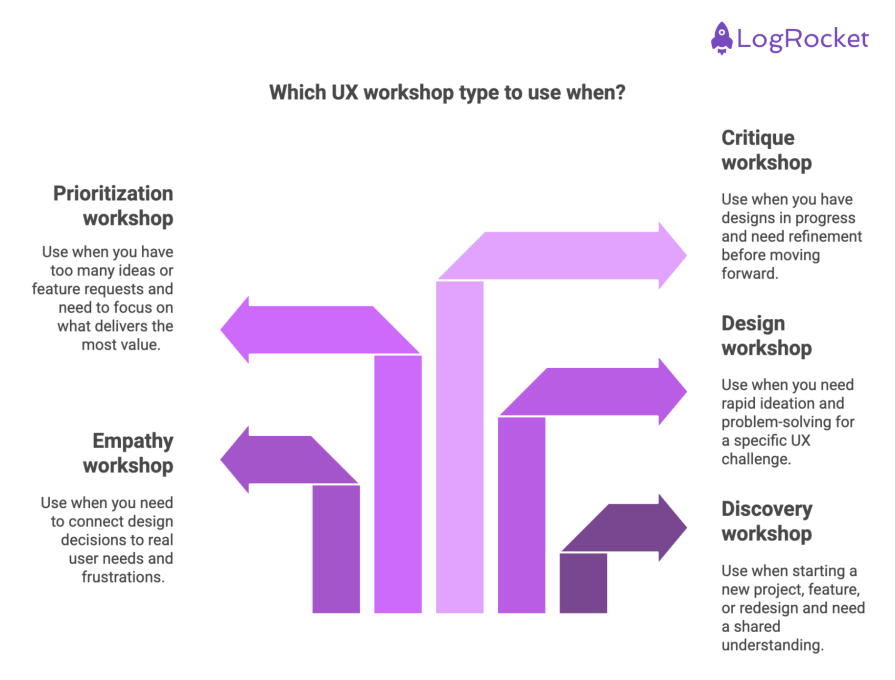
Running a UX workshop isn’t just about getting people in a room and hoping for the best. A good session might last a couple of hours, but the real work happens beforehand. Planning takes time — sometimes longer than the workshop itself, and longer than you might expect — because without structure, things can spiral into chaos fast.
Here’s why planning matters and what to focus on:
Planning takes effort, but then that’s what separates an engaging, productive UX workshop from a chaotic, unfocused session.
When it comes to facilitating a UX workshop, the right mix of structure, focus, and engagement makes all the difference. Here’s how to keep things productive (and avoid a meeting that could’ve been an email):
The workshop might be over, but the work isn’t. To keep the momentum going for your UX team, ensure insights don’t get lost, action items move forward, and participants feel heard.
Your post-workshop to-do should look something like this:
UX designers facilitate more workshops than they realize — be it a fully-fledged design sprint or a quick design critique session. Every structured discussion you lead is an opportunity, to some extent, to drive better design outcomes.
The key? Thoughtful planning, strong facilitation, and a solid follow-up. While every workshop is unique, these best practices will set you up for success:
The more intentional you are with your workshop structure, the more effective your design process — and your career — will be.
Here’s a downloadable detailed checklist (to help you plan, run, and follow up) and template (to structure your agenda, exercises, and next steps).
Add to your toolkit before you run your next UX workshop to maximize the impact!
LogRocket's Galileo AI watches sessions and understands user feedback for you, automating the most time-intensive parts of your job and giving you more time to focus on great design.
See how design choices, interactions, and issues affect your users — get a demo of LogRocket today.
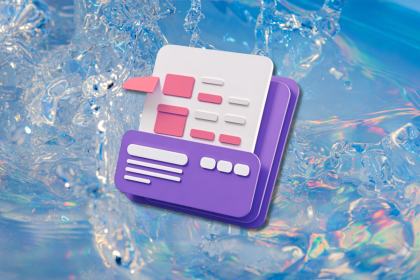
Small actions can have large consequences in complex systems. Here’s how UX designers can manage dependencies so users feel informed and in control rather than blocked or blindsided.
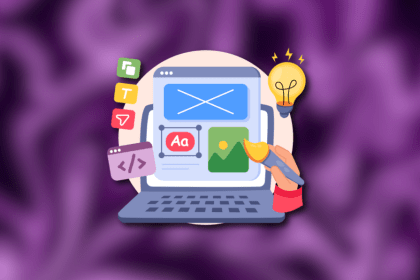
This article examines when hero sections are necessary in digital products, when they create friction, and how to evaluate them using UX goals, primary actions, user flow impact, and real-world alternatives.
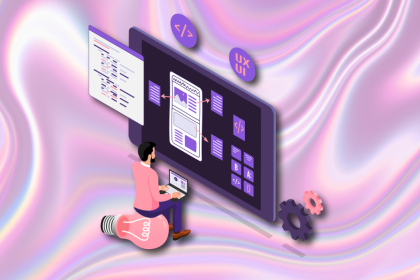
AI speeds up tasks like research synthesis, ideation, and first-draft wireframes, but it can’t replace clarity, taste, or decision-making. Here’s a grounded look at what AI actually does well in UX right now.
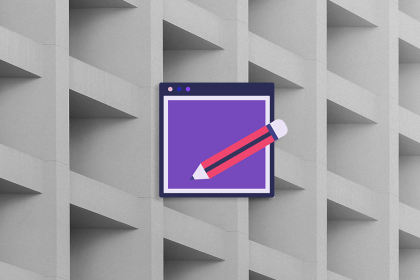
Discover how to craft UX-friendly hero sections with examples, design tips, and strategies that drive engagement and conversion.